Description
Product Description
Astrocytes are the major cell type in the mammalian brain. They provide a variety of supportive functions to their partner neurons in the central nervous system (CNS), such as neuronal guidance during development, and nutritional and metabolic support throughout life [1]. Astrocytes have also been implicated in various pathological processes [2] . Impairment of normal astrocyte functions during stroke and other insults can critically influence neuron survival. Long-term recovery after brain injury, through neurite outgrowth, synaptic plasticity, or neuron regeneration, is also influenced by astrocyte surface molecule expression and trophic factor release [3]. Numerous studies have demonstrated that astrocytes are among the most functionally diverse group of cells in the CNS. Much of what we have learned about astrocytes is from in vitro studies and astrocyte culture is a useful tool for exploring the diverse properties of this cell type.
iXCells Biotechnologies provides high quality Human Astrocytes (HA), which are isolated from human brain (cerebral cortex) and cryopreserved at P2, with >0.5 million cells in each vial. These HA express GFAP (Figure 1). They are negative for HIV-1, HBV, HCV, mycoplasma, bacteria, yeast, and fungi. HA can further expand no more than 3 passages in Astrocyte Medium (Cat# MD-0039) under the condition suggested by iXCells Biotechnologies. Further expansion may decrease the purity and features of human astrocytes.

Figure 1. Human astrocytes (HA). (A) Phase contrast image of HA. (B) Immunofluorescence staining with antibody against GFAP.
Product Details
| Tissue | Human brain (cerebral cortex) |
| Package Size | 0.5 millioncells/vial |
| Passage Number | P2 |
| Shipped | Cryopreserved |
| Storage | Liquid nitrogen |
| Growth Properties | Adherent |
| Media | Astrocyte Medium (Cat# MD-0039) |
References
[1] G. I. Hatton (2002) Glial-neuronal interactions in the mammalian brain. Adv. in Physiol. Edu. 26:225-237.
[2] Van der Laan, L. J. W., De Groot, C. J. A., Elices, M. J. and Dijkstran, C. D. (1997) Extracellular matrix proteins expressed by human adult astrocytes in vivo and in vitro: an astrocyte surface protein containing the CS1 domain contributes to binding of lymphoblasts. J. Neurosci. Res. 50:539-548.
[3] Chen Y., and Swanson, R. A. (2003) Astrocytes and brain injury. J. Cereb. Blood Flow Metab. 23:137-149.
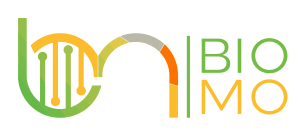
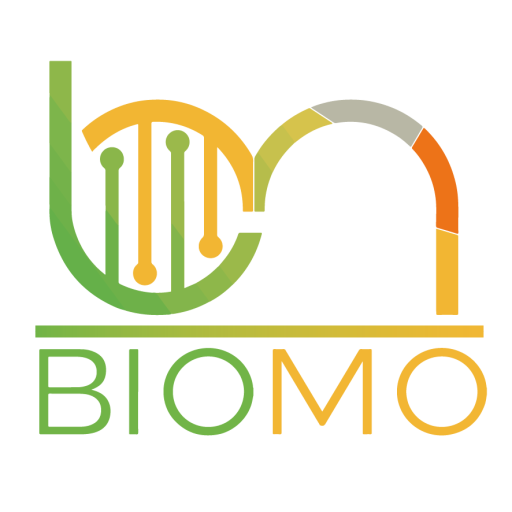
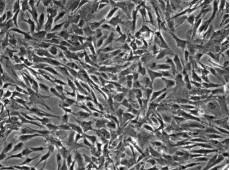
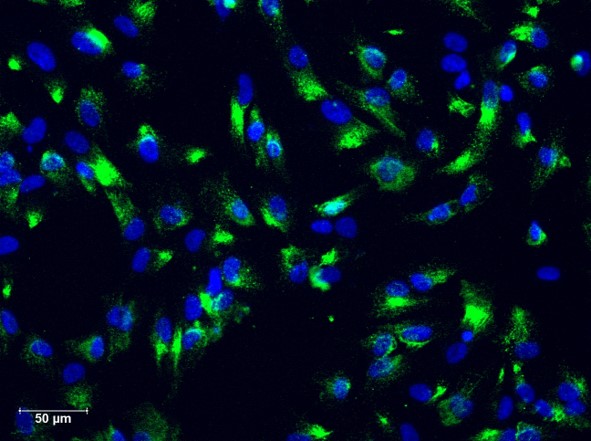
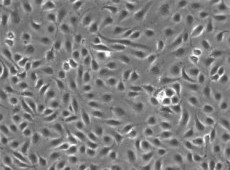
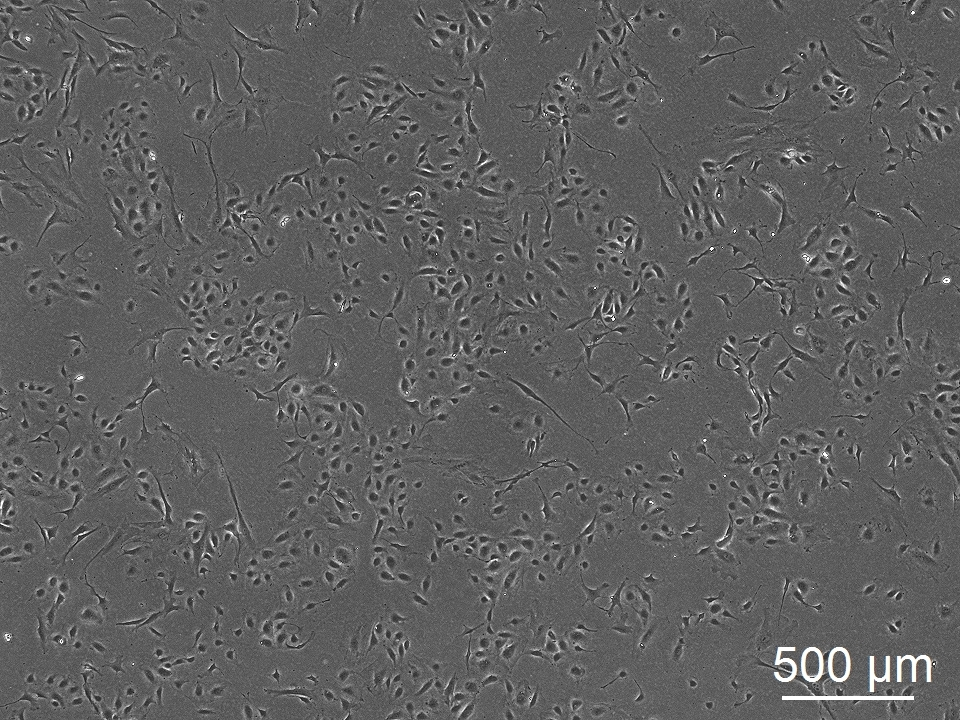
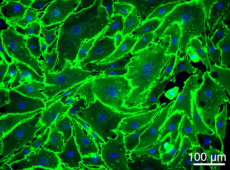
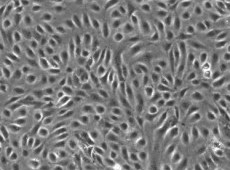

Reviews
There are no reviews yet.